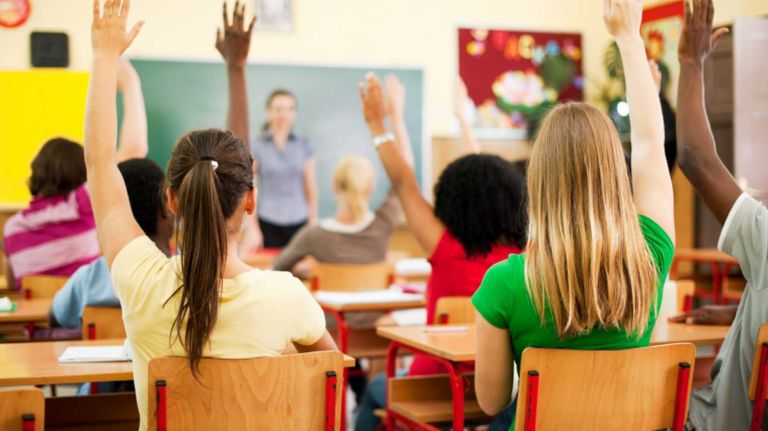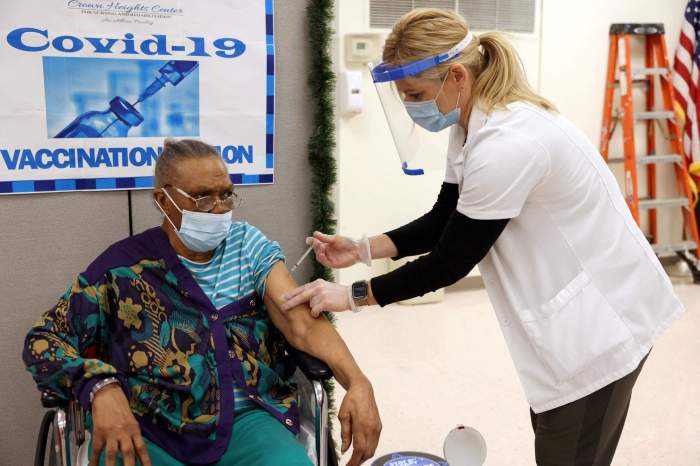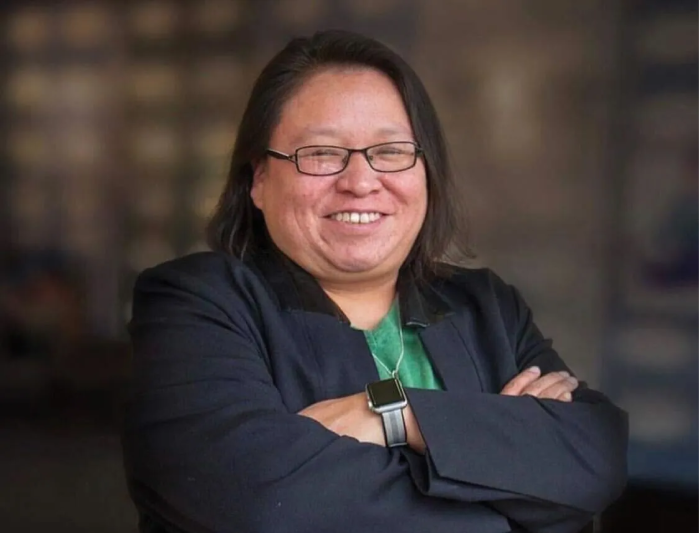As schools reopen, and children and teenagers return to their classrooms, organizations like New York State’s Mentorship Program will likely prove more important than ever, providing struggling students with the academic, social and emotional support that they need.
“Mentorship, in all capacities, will be at the epicenter of young people navigating the pandemic and coming out the other side,” said Diane Urso, Queens and Long Island director. “You don’t see the end result of a crisis until you go through it.”
For Urso, that end result could mean many things – from anxiety to academic stress to depression. Adolescents have been forced in front of their screens, while young children have missed well over a year of essential education.
“People think they know where these kids are going to be, but, unfortunately, we do not,” said Urso. The Mentorship Program is preparing for all eventualities, with added training for the particular psychological challenges these students will face – although Urso emphasized that these mentors are not mental health professionals, and are required to talk to mentor coordinators if something they can’t handle comes up. This has never been more emphasized than now, with last year’s added social and psychological stresses.
The New York Mentorship Program was first established by Matilda Cuomo in 1984, with the aim of preventing school dropouts through one-and-one mentor relationships. “Children who succeed despite overwhelming obstacles do so often because of a caring adult in their lives,” reads the Program’s statement of purpose. The results have proven this: mentees are 46% less likely to start using drugs, and 52% less likely to skip a day of school.
Yet these obstacles have never been more severe. Some students have been unable, for lack of technology, to properly attend online classes, others have taken advantage to cheat; all have been trapped at home, however, and will find the return to live class a challenge. “There’s probably not a student who has not lost something,” said Urso of the pandemic and it’s after-effects on public education.
The Mentorship Program tailors itself to suit particular school districts, with some districts emphasizing adult mentoring, while others emphasize peer-to-peer relationships.
In Brentwood School District, the state’s second largest, the focus is on peer-to-peer support, with ROTC and Honors Society students mentoring elementary-school kids. While the focus is on academic performance, mentors obviously provide social and emotional support, as well.
“I think it’s going to be even more important for us to build the kid’s self-esteem, their confidence, their sense of belonging, community,” said Ann Palmer, Assistant Superintendent of the Brentwood School District. “It has never been more important for these kids to have social and emotional support.”
The Program’s flexibility will be an even greater advantage now, with in-person, online and hybrid mentoring all being employed as local mandates – and case numbers – require. Even at the height of the pandemic, the Program was trying its best to match students with mentors, sometimes in person, but mostly online. “Even then, the connection was still so valuable,” said Urso. “We’re talking about districts where the kids are just not seeing anybody.”
Even despite these challenges, both Urso and Palmer remained hopeful. Mentors are educators and role models, but also friends, people that struggling students know have their back. For students struggling with school, or at home, without sympathetic teachers or parental figures, the results can be life-changing.
“When you make a bad choice, it’s like skipping a rock,” said Urso. “But it’s the same thing with a good choice.”



































